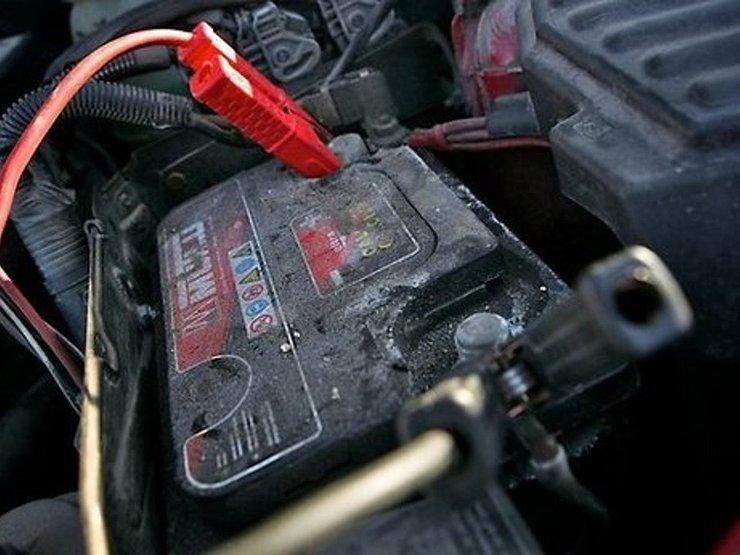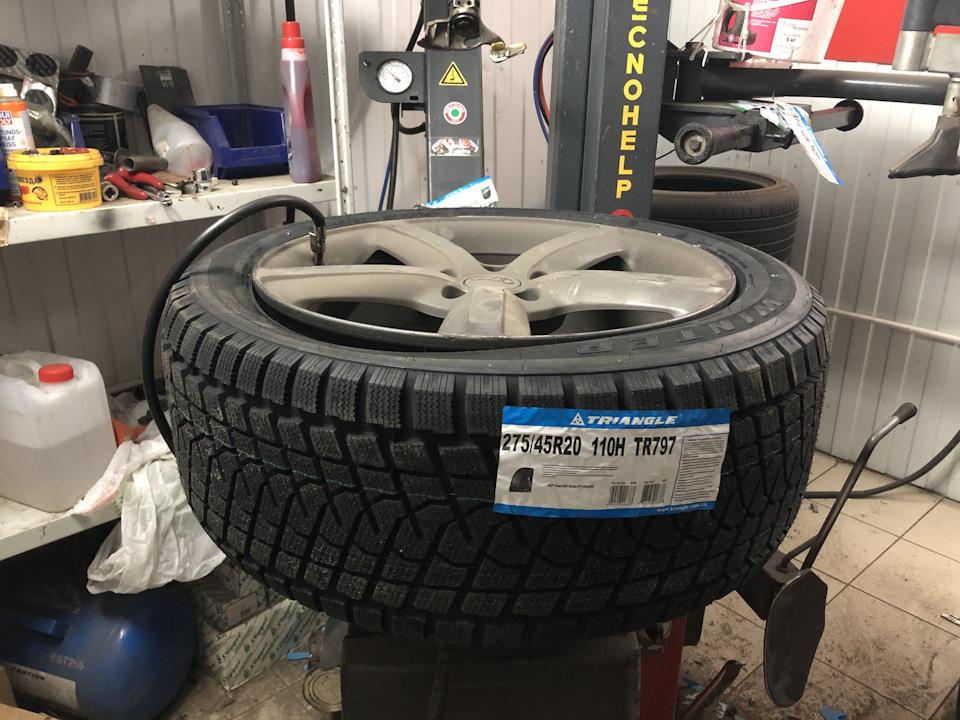
Five ways to survive the winter with a dead car battery
Content
Like it or not, classic frost is a much more common situation for winter in Russia than lukewarm temperature anomalies. It is cold that is the main test of battery performance. However, in some cases, this strict examiner can also be deceived.
OIL - DO NOT SPIT!
In winter, due to frost, the task of the battery to provide the required power supply to the starter is greatly complicated. On the one hand, low temperature reduces the capacity of the starter battery itself, and on the other hand, it thickens the oil in the engine, thereby increasing the resistance to the efforts of the starter.
For a half-dead or old battery, the fight against both of these factors at the same time can end in a complete fiasco. To facilitate the tasks facing the battery, you can choose several ways. First, in order to reduce the resistance force of engine oil, a lubricant should be used that is less prone to thickening in the cold.
These include fully synthetic lubricants with a viscosity index of 0W-30, 0W-40. They are used for cars that have to be started in frosts down to -40ºC.
For them, starting at 10-15ºC below zero, standard for the average Russian winter, is just as elementary as for more viscous common oils - in summer. This circumstance greatly facilitates the task of the battery, allowing you to use even an old battery.
ACCORDING TO THE TESTAMENTS OF THE OLD PEOPLE
The second way to stretch longer on the old “battery” is to improve its charging. The fact is that in an icy form it charges worse. An old-fashioned way is known: remove the battery from the car at night, charge it at home, and then, before turning on the car in the morning, put it in place.
Yes, the launch will be great, but daily “exercises” with a heavy battery are the lot of only the most “severe” car owners.

HEAT CONQUERS EVIL
It is possible to make the battery warm up harder when charging without taking it out from under the hood. Since the main source of heat there is a running motor, we figure out from which direction the battery is blown with warm air. In parallel, we evaluate through which of its surfaces it loses heat. Further, from some improvised materials "collective farm" for them, insulation. In this way, we conserve the heat received by the battery from the motor, increasing the charging efficiency.
WITH TERMINAL SHED
When you suspect that a not-so-fresh battery is losing additional energy through leaks in the car's electrical wiring, you can increase the actual ampere-hour reserve for a morning winter start-up by disconnecting, for example, the "positive" wire going to the battery.
NON-SECRET INGREDIENT
Well, the main “life hack” on how to survive the winter with a half-dead battery is to have a starter charger in the household. Some of these devices are designed in such a way that they do not even require pre-charging at home - they suck out the last drops of energy from the old battery that almost “died” overnight and let them go to the starter and ignition of the car at once, giving the last opportunity to start it.
